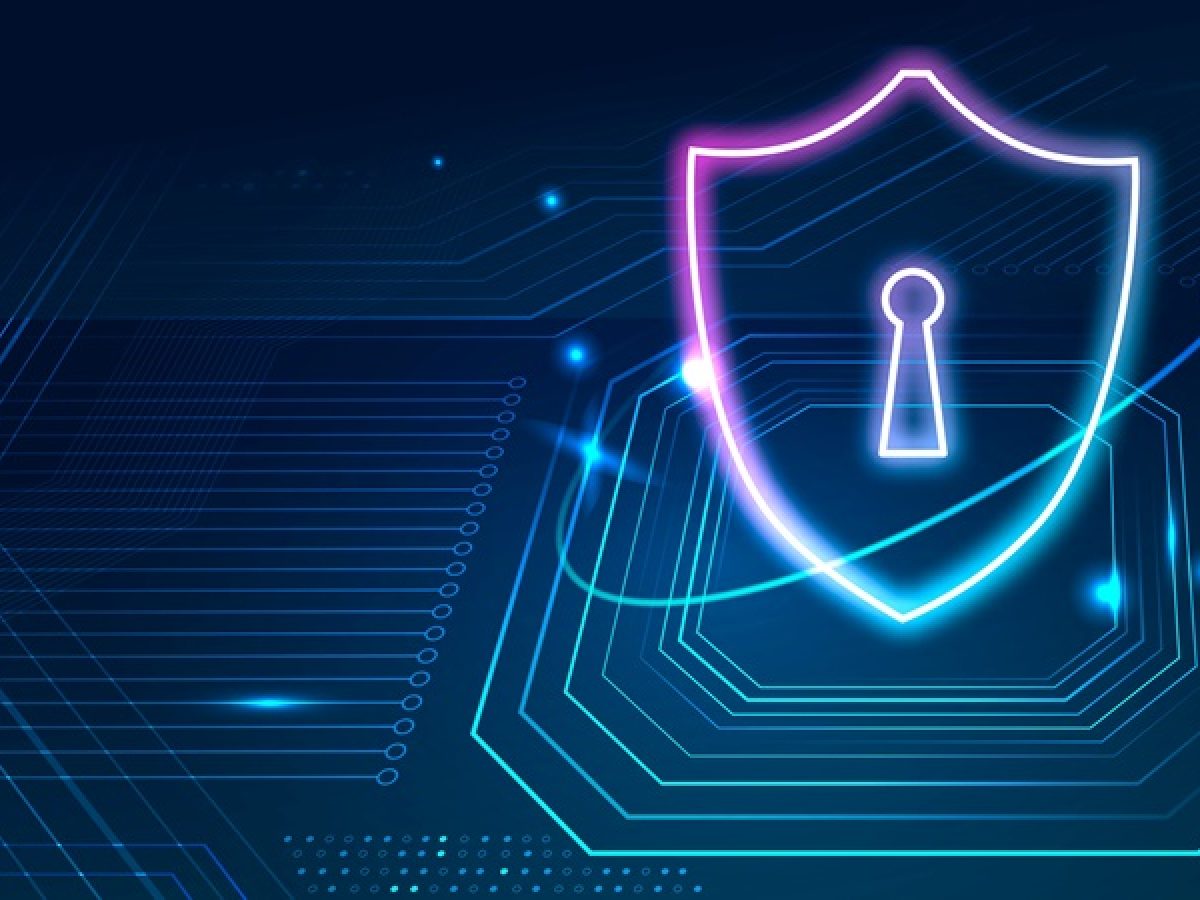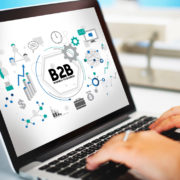Best Practices For Secure Remote Work Access
Mainly due to the COVID-19 pandemic, many businesses are forced to adopt remote work arrangements to maintain their operations while keeping their employees safe. However, this forced adoption of the remote work quickly turned into a trend. Businesses and employees realized it’s benefits and made it regular.
While remote work offers numerous benefits to everyone involved, it does come with certain risks, mainly in terms of cyber security. Since remote workers access company data from outside the traditional office environment, they are more prone to cyber attacks and other security threats. In order to ensure a secure remote work environment and protect resources, it’s crucial to follow best practices for secure remote work access. In this article, we’ll explain how that can be possible.
Use Secure File Sharing and Collaboration Tools
Remote work will involve file sharing, collaboration, and working on the same documents. For this reason, it is very important to use tools for secure file sharing and collaboration to prevent data leaks and breaches.
Opting for unsecure file sharing tools such as public cloud storage or email solutions can put confidential information at considerable risks. Instead, companies that adopted a remote work model should go for secure tools that offers encryption, access control, and advanced authentication. It is also always a good idea to look for solutions that are compatible with security regulations such as GDPR or HIPAA, if applicable for your industry.
There is a plethora of secure file sharing applications on the market that provides real-time collaboration, version control, and encryption. They also usually come with audit trials and other perks that help ensure compliance and security. By using these tools, remote workers can safely work together as if they are in a traditional office.
Keep Your Devices and Software Up to Date
When it comes to remote work security, devices and the software in them is critical. They both need to be up to date at all times to maximize security and minimize vulnerabilities. The thing is, most updates on software and operating systems include security patches and bug fixes that address the vulnerable parts of the previous version.
If personal devices, such as laptops or mobile phones, are being used for remote work, they should be regularly checked to see if there is a new version of the OS or any application within them. While it is understandable that this is almost impossible due to how many tools we use in a day, most of them already have auto-update features.
For companies, the importance of updates should be highlighted to employees and should be included as a company security policy. All remote users should understand that failure to update software and devices can result in malware attacks, data breaches, and other security threats.
Use a Remote Access Solution
Since the vast adoption of the remote work model, there has been a significant boom in the solutions designed to help businesses secure remote access. Although the most popular option for this is a Virtual Private Network (VPN), there are some more modern and comprehensive approaches as well.
With the plethora of choices available, it’s essential to do thorough research. Consulting reviews from the top VPN providers can offer valuable insights into the performance, security features, and user-friendliness of various solutions. Moreover, while VPNs serve as a robust choice for many, understanding the nuances and capabilities of the newer technologies can also be beneficial. When choosing from the limitless VPNs and other secure remote access solutions the market offers, businesses should consider some factors to ensure they are investing in a powerful tool. These include:
Encryption
The solution used for secure remote access has to encrypt all the data in transit. One of the primary risks of remote access is the potential for the data to be tracked by malicious users, and encryption is critical to prevent that.
Authentication
Remote users work from anywhere, and unlike a traditional office, a password and a username simply does not cut it when it comes to authentication and verification. There is a real risk of device theft, so your choice of remote access solution should have strong authentication features such as MFA.
Logging Policies
Since these solutions are offered by third-parties, it is important to keep privacy in mind and take necessary precautions. One way to do that is finding a provider that has a no-log policy. The privacy of a business and its employees should be acknowledged by the provider they opt for.
Be Wary of Phishing Attacks and Other Scams
Phishing attacks and other scams are common tactics that involve social engineering to gain access to sensitive data, including remote work accounts. As remote workers, it is critical to be vigilant and aware of these scams.
To explain, phishing attacks usually involve an email that looks to be from a legitimate source, such as your own company. This email or message usually contains a link that leads you to a fake page to trigger you to put in credentials or an attachments that will install malware to your device.
Remote workers should do the following to avoid from falling victim to a phishing scam:
Verify the Sender
Check the sender of the email, especially to the email address extension. Although they will try to replicate the legitimate version of the entity they act to be, it will not be the same as the real one. Do the research and know who would be the proper sender.
Look for Signs of Phishing
Phishing emails are prepared by scammers, so they will usually include mispellings, grammatical errors, or an unprofessional language. It is also common that these emails always urge you to do something.
Don’t Click Suspicious Links
Whenever you see a suspicious link on one of your emails, don’t just click on it instantly. Instead, hover over the link until you see the URL and confirm that it is a legitimate website. Otherwise, report it to the IT security team of your company.
Conclusion
As remote work becomes more and more common in the business landscape, companies are looking to secure their remote access processes. From online solutions that do all the work for you to simple precautions that every company can take, we’ve gathered a list of practices to help you in the journey of securing remote work access. It is possible to secure remote work while enjoying its advantages.



